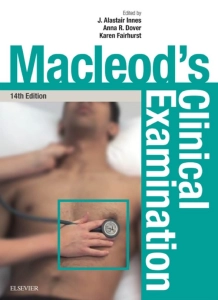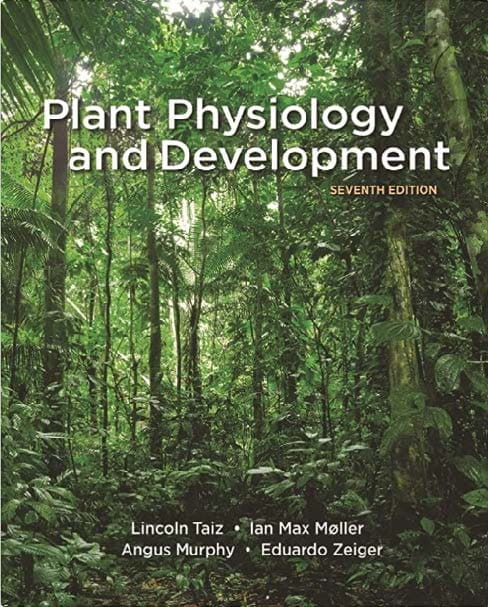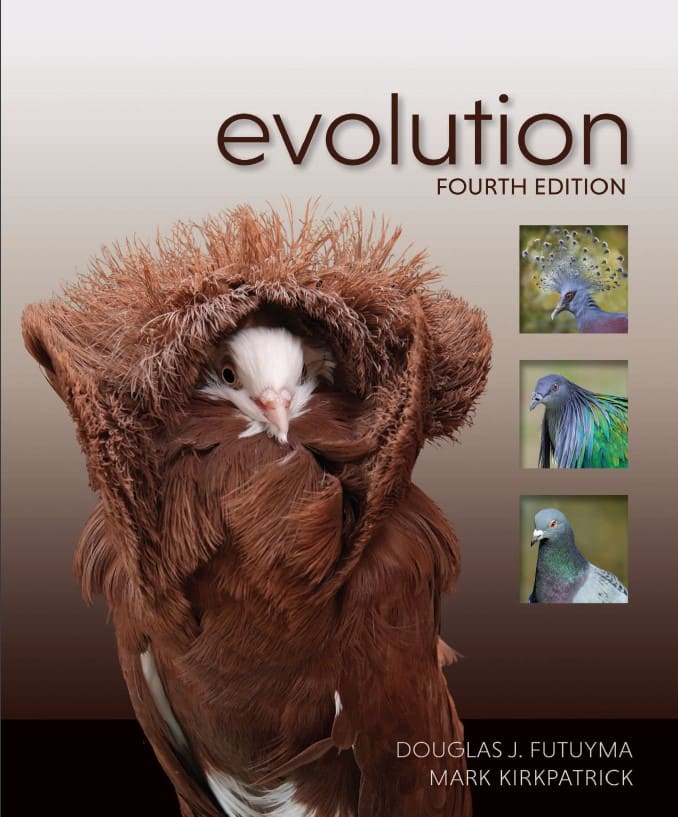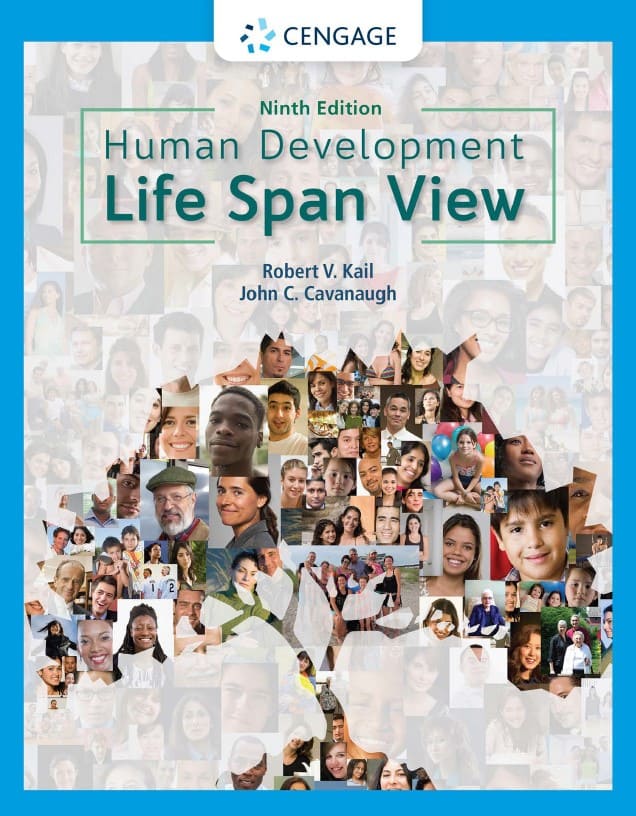 Download Macleod’s Clinical Examination (14th edition) by J. Alastair Innes, Anna R. Dover, and Karen Fairhurst.
Download Macleod’s Clinical Examination (14th edition) by J. Alastair Innes, Anna R. Dover, and Karen Fairhurst.
Macleod’s Clinical Examination has long been regarded as a cornerstone of medical education, and its 14th edition, meticulously revised by J. Alastair Innes, Anna R. Dover, and Karen Fairhurst, solidifies its reputation as an indispensable guide for both novice medical students and seasoned practitioners. What sets this edition apart is not just its comprehensive detail but its commitment to evolving with modern medical practice while preserving the clinical rigor that has made the text a classic in its field.
Right from the onset, the book strikes a fine balance between tradition and innovation. The structure follows the time-tested format of providing a systematic approach to clinical examination, covering everything from basic procedures to the more specialized techniques used in advanced diagnosis.
However, the 14th edition integrates new digital technologies, evidence-based practices, and a stronger emphasis on patient-centered care, reflecting the shifting landscape of clinical medicine. The result is a manual that feels current and forward-looking without losing its roots in the timeless art of bedside examination.
The writing is refreshingly clear, with a tone that manages to be both authoritative and conversational. This makes the text not just a learning tool but also an engaging read, which is often a rare quality in medical textbooks. Complex procedures are broken down into simple, logical steps, helping students and practitioners develop the habit of systematic, thorough clinical assessments.
The inclusion of colorful, detailed illustrations and high-quality photographs complements the text beautifully, ensuring that readers can visualize both the techniques and the anatomical landmarks they are examining.
One of the standout aspects of this edition is the enhanced focus on clinical reasoning. More than just teaching the ‘how’ of clinical examination, Innes, Dover, and Fairhurst delve into the ‘why.’ They encourage readers to think critically about the findings they observe and to develop a framework for differential diagnosis, which deepens the text’s practical value. This emphasis on clinical decision-making makes the book an invaluable companion not just for passing exams, but for real-life patient encounters where uncertainty often prevails.
In addition, the book handles a broad spectrum of patient populations with care and attention, from pediatrics to geriatrics, and considers the nuances of different demographic groups. It also carefully integrates guidance on communicating with patients, a skill sometimes undervalued but increasingly recognized as critical in building trust and facilitating effective care. This humanistic approach, coupled with technical proficiency, reflects the editors’ deep understanding of the real-world dynamics of medical practice.
Another remarkable feature of the 14th edition is its adaptability to different learning stages. Whether you are a medical student encountering physical examination for the first time or a practicing clinician revisiting foundational skills, Macleod’s Clinical Examination offers layers of insight. The beginner can appreciate its straightforward guidance on performing standard examinations, while the experienced practitioner can delve into the nuances of more complex case presentations and advanced diagnostic strategies.
In conclusion, the 14th edition of Macleod’s Clinical Examination is not merely an update but a masterful revision that enhances its value in today’s medical world. It remains the gold standard for clinical examination techniques while offering fresh insights into the evolving nature of patient care. Whether for daily clinical practice, preparing for exams, or refining the subtleties of patient interaction, this text is a timeless companion.
Innes, Dover, and Fairhurst have succeeded in crafting a guide that respects tradition but is unafraid to embrace the future of clinical medicine, making this edition a truly unique and essential resource for anyone in healthcare.
Contents
Section I: Principles of Clinical History and Examination
- Managing clinical encounters with patients
- General aspects of history taking
- General aspects of examination
Section II: System-Based Examination
- The cardiovascular system
- The respiratory system
- The gastrointestinal system
- The nervous system
- The visual system
- The ear, nose and throat
- The endocrine system
- The reproductive system
- The renal system
- The musculoskeletal system
- The skin, hair and nails
Section III: Applying History and Examination Skills in Specific Situations
- Babies and children
- The patient with mental disorder
- The frail elderly patient
- The deteriorating patient
- The dying patient
Section IV: Putting History and Examination Skills to Use
- Preparing for assessment
- Preparing for practice
Download Macleod’s Clinical Examination (14th edition) by J. Alastair Innes, Anna R. Dover, and Karen Fairhurst in pdf from following download links.
Password for Download Links: biology.com.pk
File Size: 30.8 MB. Pages: 402. Download Instructions. Kindly read the disclaimer.
You can also purchase Macleod’s Clinical Examination (15th edition) by J. Alastair Innes, Anna R. Dover, and Karen Fairhurst from Amazon by clicking the image below.
You may also like to download the following books:
- Talley and O’Connor’s Examination Medicine: A Guide to Physician Training (9th Ed.) by Nicholas J. Talley, and Simon O’Connor
- Davidson’s Principles and Practice of Medicine (24th Ed.) by Penman, Ralston, Strachan, and Hobson
- Moore’s Clinically Oriented Anatomy (8th Ed.) by Keith L. Moore, Arthur F. Dalley, and Anne M. R. Agur
Download Hundreds of Best-Selling Biochemistry, Biology, Botany, Medical, Microbiology, Psychology and Sociology Books from Download Books.
Happy studying!





